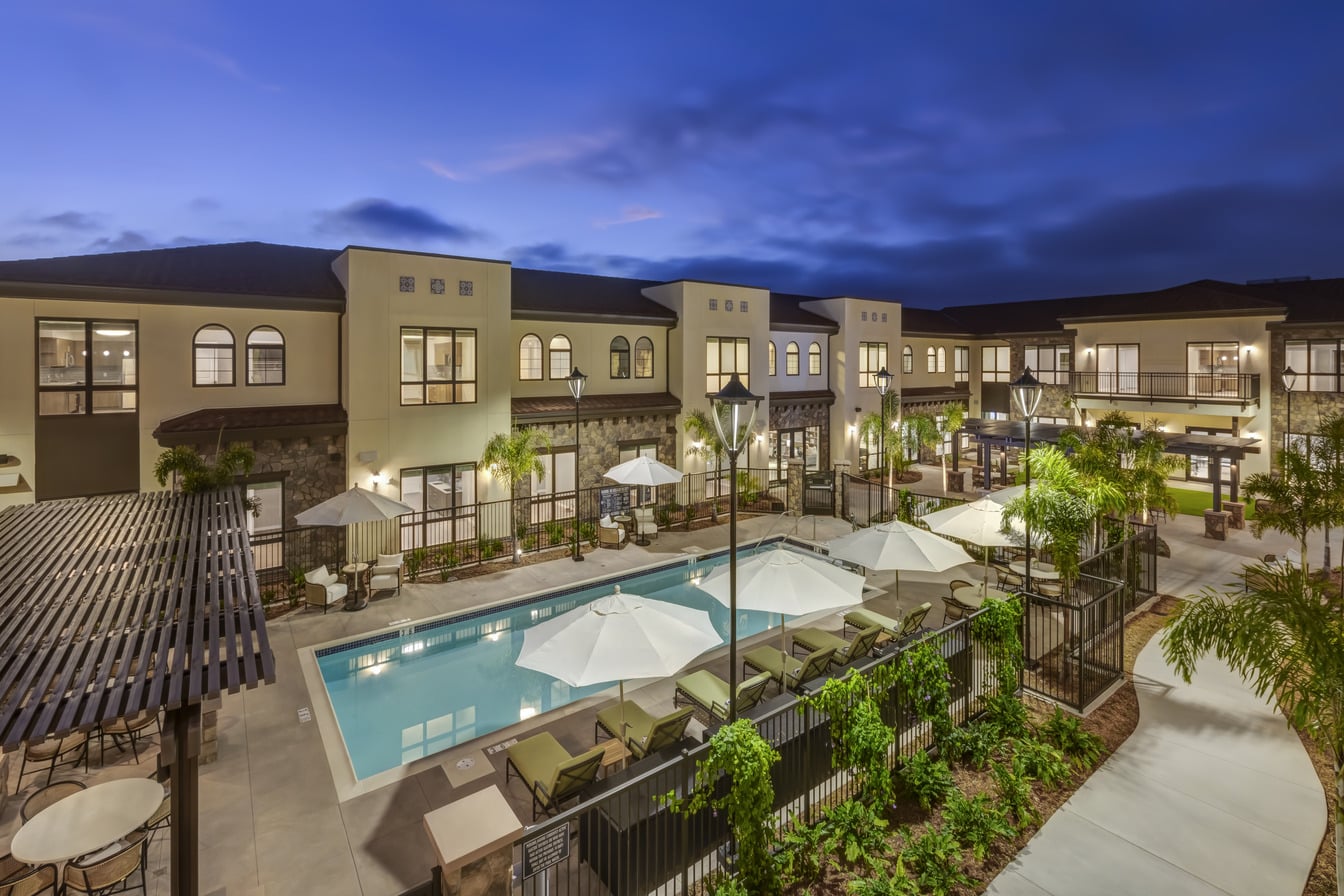
Assisted Living Carmel Valley CA: Where Seniors Thrive
Assisted Living Carmel Valley CA: Where Seniors Thrive Daily In the heart of Carmel Valley, Westmont of Carmel Valley offers assisted living that is nothing
Gain expert insights and practical tips to help seniors and their families navigate senior living with confidence.
Category: Independent Living

Assisted Living Carmel Valley CA: Where Seniors Thrive Daily In the heart of Carmel Valley, Westmont of Carmel Valley offers assisted living that is nothing

Senior Living Options: Benefits, Types, and What to Know Understanding the benefits, exploring the types, and analyzing your unique needs are essential when considering senior
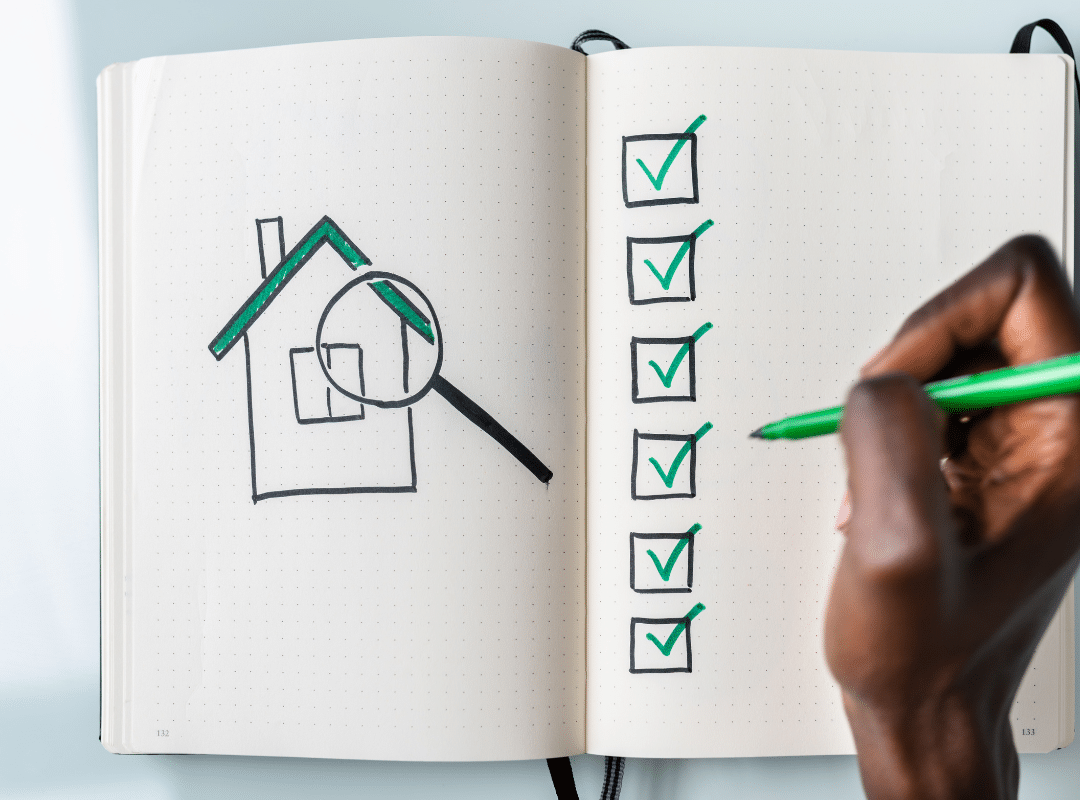
Home Safety Checklist for Seniors: A Guide to Peace of Mind When creating a home safety checklist for seniors, you’re taking an essential step toward

Assisted Living Escondido: Quality Care for Your Loved Ones If you’re looking for quality care for your loved ones in Escondido, Westmont of Escondido offers
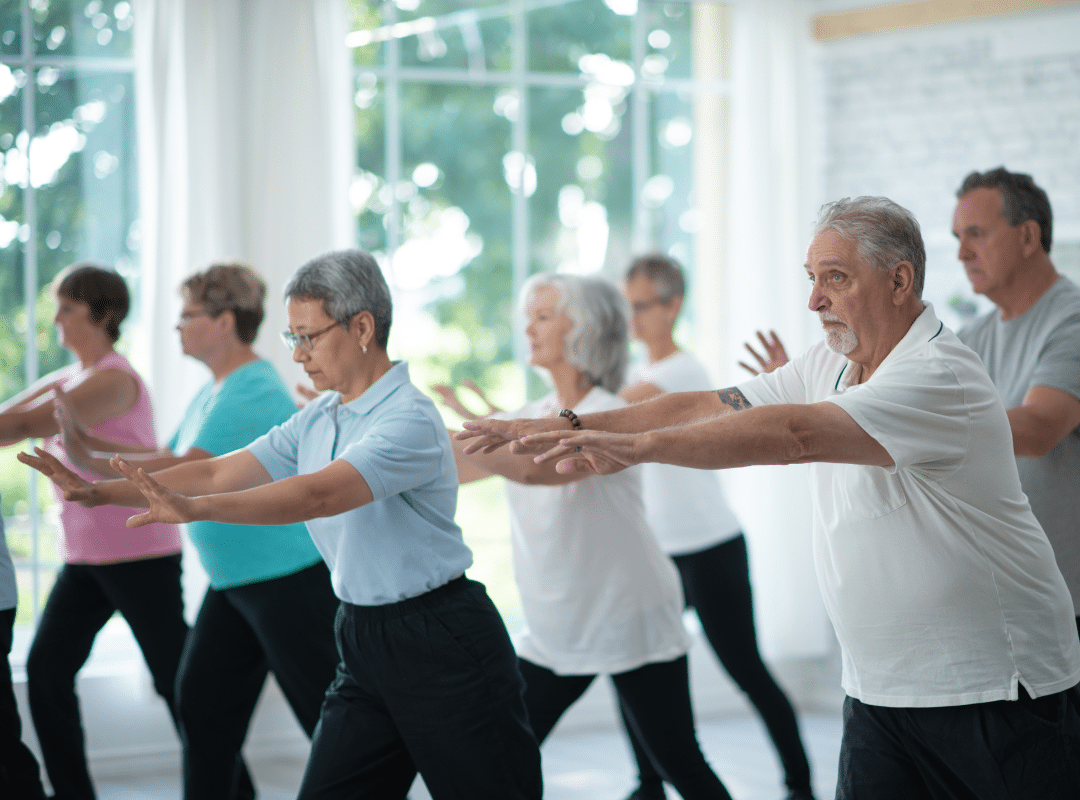
Why Functional Fitness Exercises for Seniors Are Essential Maintaining independence becomes increasingly vital as we age, and functional fitness exercises at Westmont of Santa Barbara

How to Overcome Depression and Anxiety in Senior Years Many believe that depression and anxiety are just a normal part of aging, but that’s not

Assisted Living Facilities in Riverside: What You Should Know Much like a well-composed symphony, assisted living facilities in Riverside, such as Westmont of Riverside, harmonize

Understand the Contract Terms in Independent Living Welcome to Lakeview Senior Living in Lincoln City, OR, where we prioritize your comfort and understanding in independent

Comparing Long Term Care Vs Assisted Living for Seniors How do you decide between two seemingly similar paths when the stakes are so high? Considering

Everyday Safety Tips for Seniors: Stay Protected and Happy Did you know that nearly one in four seniors experience a fall each year? This alarming
Discover the level of care you or your family member requires.
Popular Blogs
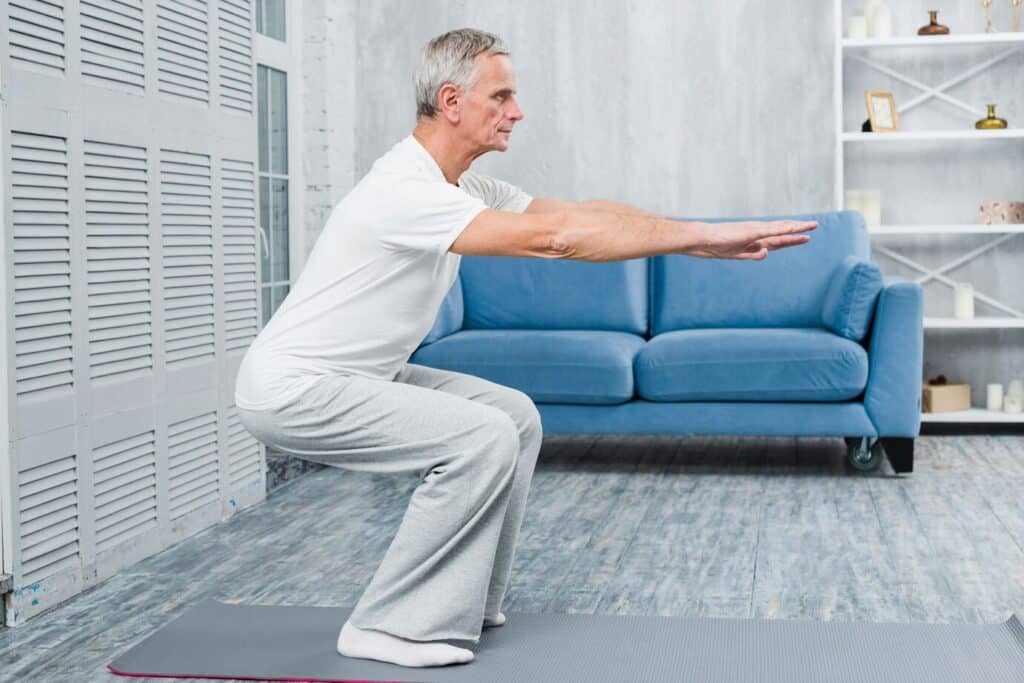

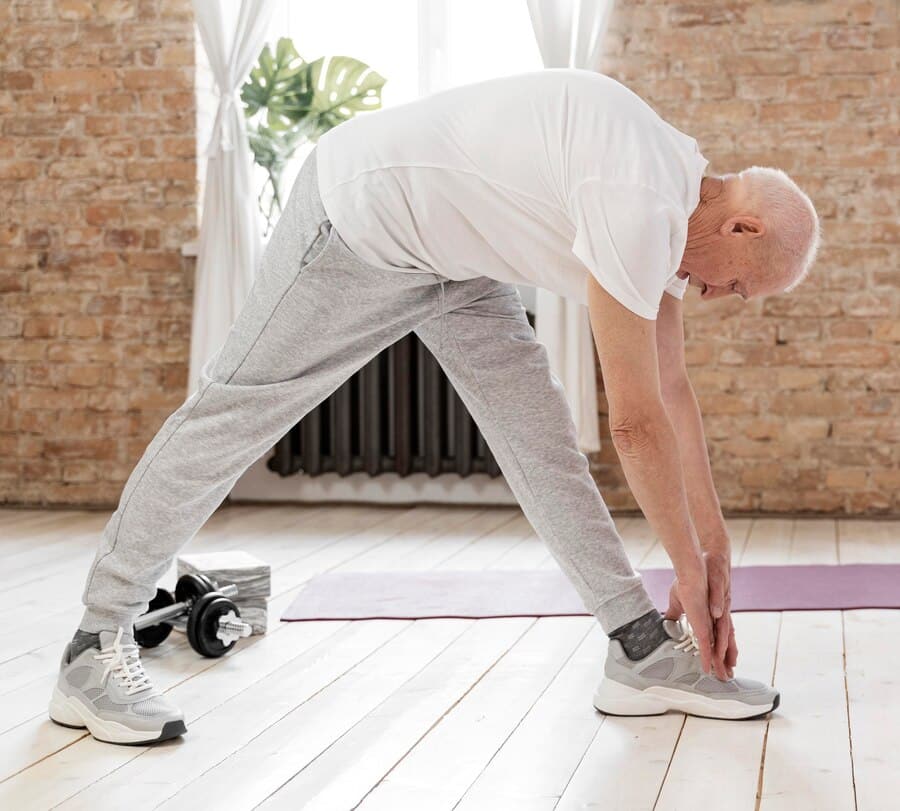


Find out if you or your loved one’s current lifestyle is best suited for long, healthy aging.
Each of our communities across California and Oregon offers a unique blend of activities, connection, and wellness.
Embrace a lifestyle where your interests and independence are celebrated every day.
9000 Murray Drive La Mesa, CA 91942
Luxury redefined in a resort-style setting, tailored for dynamic senior living experiences.
190 Via Jero, Goleta, CA 93117
Where warmth meets care, curating an inviting senior living experience.
17050 Arnold Drive Riverside, CA 92518
A harmonious blend of belonging, independence, and enriching senior lifestyles.
All Rights Reserved. Powered by ConversionFormula.
Pick a Westmont community to explore and schedule your personal walkthrough!
Make yourself at home where a happy, healthy lifestyle goes hand-in-hand with your personal fulfillment, enrichment, and growth.
Answer a few quick questions to unlock the exciting future senior living can offer!